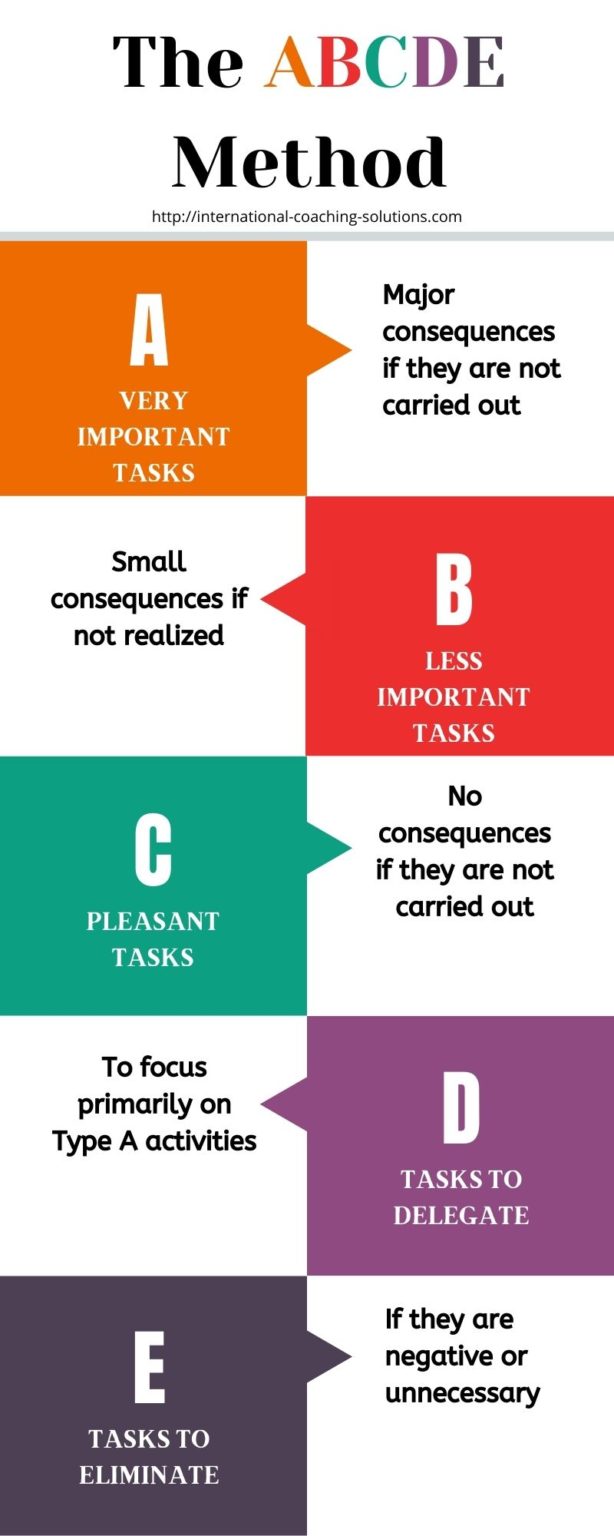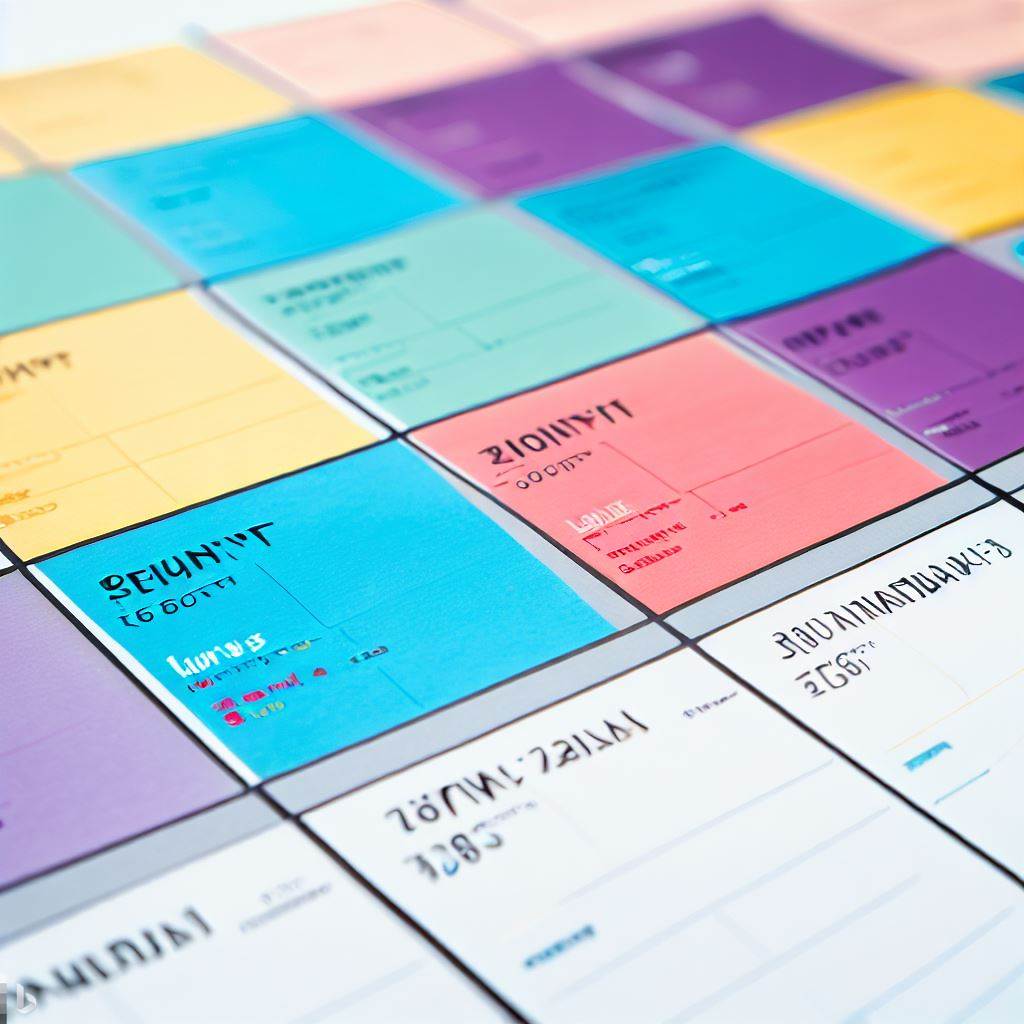We all have the same 24 hours in a day. But some people seem to get so much more done than others. What’s their secret?
The truth is that effective planning and prioritizing is key to being productive. When you know what tasks to tackle and in what order, you can make the most of your precious time.
In this article, we’ll explore practical strategies to help you take control of your days. You’ll learn how to:
- Set priorities based on your goals and values
- Create realistic schedules that maximize focus
- Follow through on your plans for success
With some thought and preparation, you can stop reacting and start achieving. Read on to begin planning and prioritizing like a productivity pro.
Setting Your Priorities
The first step is identifying what matters most. Every new day brings a flood of tasks vying for your attention. Before you dive in, take a step back to think about your priorities.
Tools like the Eisenhower Matrix and the ABCDE Method can help you sort tasks logically. Let’s take a look at how to use them.
Eisenhower Matrix
Former US President Dwight Eisenhower used this simple 2×2 matrix to categorize tasks:

Urgent/Important: Crises, deadlines, meetings. Schedule these ASAP.
Important/Not Urgent: Planning, relationship building, goals. Schedule time for these.
Urgent/Not Important: Interruptions, some emails, calls. Schedule these carefully.
Not Urgent/Not Important: Time wasters, distraction. Consider eliminating these.
This matrix helps separate the critical few from the trivial many. Schedule urgent/important tasks first. Then block off time for important goals. Reduce or delegate tasks in the bottom quadrants.
For example, if you have a project deadline coming up, that would likely be urgent/important. You should schedule time to work on that deadline first each day. On the other hand, checking social media or responding to non-essential emails would fall more into the not urgent/not important category. You may want to eliminate or reduce time spent on those tasks when you have a deadline approaching.
ABCDE Method
This method prioritizes tasks like this:
- A Tasks: Very important. Complete these immediately.
- B Tasks: Less important but still schedule time for these.
- C Tasks: Nice to get done but ok to delay when needed.
- D Tasks: Low priority. Do these when extra time is available.
- E Tasks: Eliminate. Not worth your time.

Be ruthless here. Block highest priority A tasks first. Schedule time for B items. Delegate or outsource C and D tasks when possible. Eliminate E tasks entirely.
For example, exercising for your health might be an A task for you to schedule time for daily. Responding to emails from friends might be a B task to do when you have time between priorities. Organizing old files could be a C task that’s nice to get done but ok to delay. Scrolling social media might be a D task to do only if you have extra time. And watching TV aimlessly could be an E task to eliminate if it distracts from important items.
Tools like Focus Mode, Do Not Disturb, and airplane mode on your devices can help you avoid distractions and interruptions while working on priorities.
With practice, you’ll get better at identifying your daily must-dos based on your goals, values, and deadlines.
Creating Your Schedule
Now that your priorities are set, it’s time to schedule them. First, estimate how long each important task will take.
Apps like Toggl, Clockify, and Timing track time spent on tasks. Use a timer like the Pomodoro Technique to stay focused. This trains you to better estimate time needed.
For example, you may find that it takes you 30 minutes to write a daily progress report for work. So you would schedule that task for 30 minutes. Or you may notice that exercising takes you 45-60 minutes. So you block off an hour for that task.
Next, plug tasks into your calendar. Scheduling apps like Google Calendar, Cozi, and TimeTree help with planning. Make sure to:
- Schedule your highest priorities first.
- Block time for breaks, meals, and transitions.
- Allow buffers for interruptions and delays.
- Limit tasks to your optimal focus times.
- Schedule less demanding tasks when you have less energy.

Be realistic about what you can achieve in a day. Don’t overschedule yourself.
Your schedule should account for your natural work patterns and energy levels throughout the day. For example, you may be a morning person, so schedule creative tasks first thing when your energy is highest. Or you may be a night owl, so plan tedious tasks for mornings when you need more time to get going.
You know yourself best, so customize accordingly. Build in flexibility for the unexpected too.
Executing Your Plan
You’ve set priorities and made a schedule. Time to execute.
Follow your calendar and use tools to stay on track. Apps like Due and Todoist help you manage tasks. Browser extensions like StayFocusd block distracting websites.
Timers and alarms keep you aware of time spent and remind you to switch tasks. The Pomodoro technique uses a 25-minute work timer followed by a 5-minute break.
No plan survives contact with reality. Expect interruptions, delays, and surprises. Having contingency time built into your schedule helps you adapt.
For example, schedule meetings and calls back-to-back in a chunk, with buffer time after to regroup. If an interruption occurs, you have time to get back on track before your next event.
Stay flexible and responsive. Shift less important tasks to tomorrow if needed. Having backup tasks on hand saves time.
Reward yourself after completing important tasks. Take a walk, enjoy a healthy treat, or do an fun quick activity as motivation along the way.
And end each day by reviewing what went well and what you can improve for tomorrow’s plan.

With consistent practice, planning and execution will become habit. You’ll accomplish more while feeling less overwhelmed.
Take Control of Your Days
There’s no one-size-fits-all approach to planning and productivity. Find what works best for your energy, lifestyle and goals.
But implementing even some of these tips can greatly boost your efficiency and focus each day. You’ll get the right things done in the right order.
Keep tweaking your system until it clicks. Turn planning into a motivating ritual, not a chore. Experiment with different techniques until you find your optimal rhythm.
It takes patience and practice. But staying intentional about how you spend your time pays huge dividends. You can prioritize purpose and minimize regrets. That’s how you make the most of every single day.
The path to productivity starts now. Try out some of these planning and scheduling strategies. See the difference they can make in your daily achievements and sense of control. You’ve got this!
With a thoughtful approach, you can create structures and routines that bring out your best. Anticipate obstacles, build in flexibility, and stay focused on what matters most. Your improved productivity and peace of mind will astound you.
Stop waiting for the “right time” to get organized. The right time is now. Use these tips to take back your days. You control your time – don’t let it control you. You’ve got amazing things to accomplish. Get out there and make it happen!
